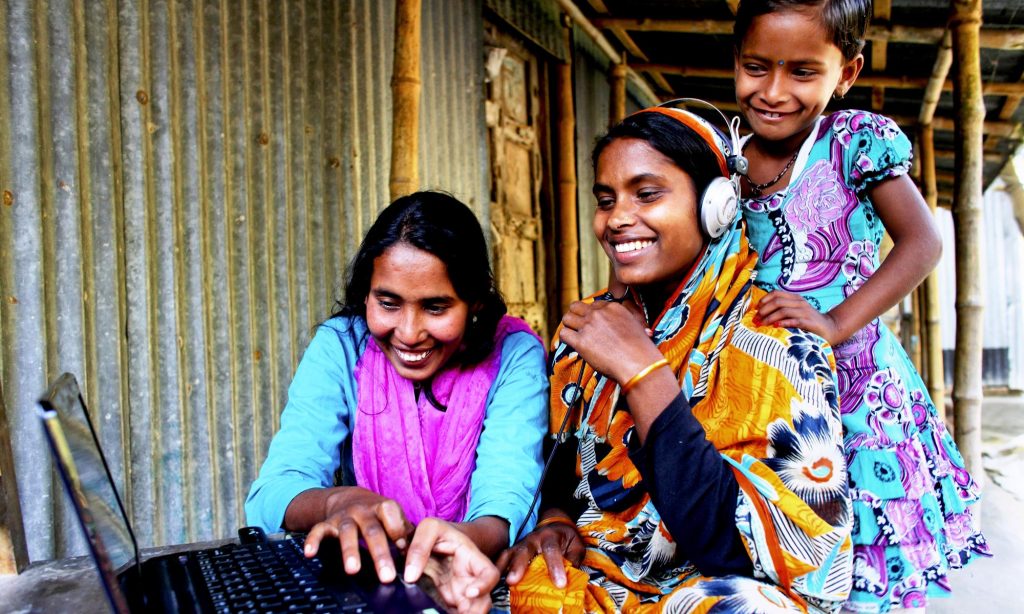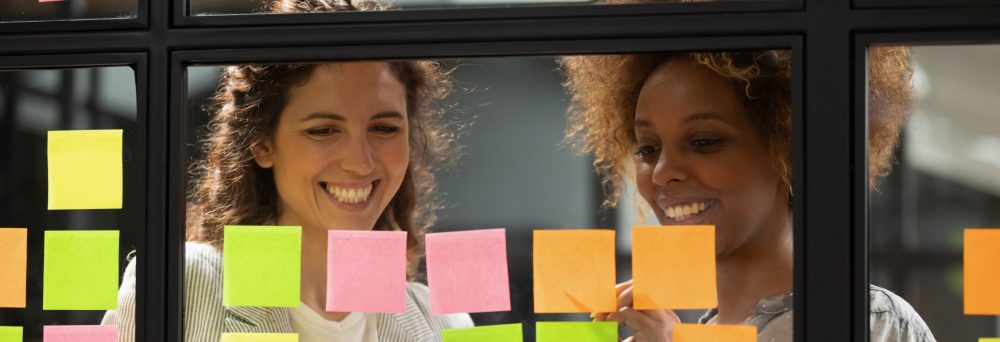Prioritizing women in ALE funding can be key in overcoming the barriers they face in participating in learning, argues Samah Shalaby

Providing educational opportunities to girls and women is both a prerequisite and a driver of successful development. The fourth Global Report on Adult Learning and Education (GRALE 4), published in December 2019, highlighted significant global progress in women‘s participation in adult learning and education, with 59 per cent of responding countries reporting improvement since 2015.
On a regional level, however, GRALE 4 data indicate significant disparities in women’s participation in ALE. In some regions, notably the Arab States and sub-Saharan Africa, a large majority of countries (82 per cent and 80 per cent, respectively) reported an increase in the participation of women in ALE. In other parts of the world, Western Europe and North America (37 per cent), for example, progress was significantly slower, albeit from a generally higher base (see Figure 1). What then are the factors driving women’s increased participation in ALE in some regions and why does it appear to be stalling in others?

The data from GRALE 4 reveal a correlation between ALE financing for women and increased participation. The regions in which countries were most likely to report progress in women’s participation in ALE were also those in which countries tended to report prioritizing women in ALE spending (see Figure 2). The region with the highest rate globally for prioritizing financing for women between 2015 and 2018 (61% of countries) was the Arab States.

This progress is encouraging, particularly as the Arab States and sub-Saharan Africa are regions with low female literacy rates (67 per cent and 59 per cent, respectively, according to UIS). There are signs that governments and the public in these regions want to see the gender gap narrow and ALE become more accessible to women. By increasing spending on women’s education and thus increasing their participation in ALE, these regions are able to secure the important return on investment that comes from enabling women to gain the skills and competences needed to be active contributors to socio-economic development. Increasing women’s participation in ALE can increase their presence in the labour market, and in the formal economy, in particular, enabling them to escape low-paid, unskilled work in the informal economy.
In too many cases, women with limited education are obliged to find work outside the formal economy, depriving them of labour rights such as pensions and other benefits. In the Arab world, for example, access to education and recognized qualifications is often available only to women who can afford to pay for it, thus reinforcing inequality between underprivileged and privileged Arab women.
Prioritizing and increasing ALE spending for women can enhance the quality of ALE provision for underprivileged women; it can support them by providing innovative provision free of charge, making use of technology they can access. Easy-reach provision for women can mitigate the opportunity cost that might result from poverty, time, safety, social or culture norms and other barriers. More funding for women’s education can create new areas of learning for women that match the needs of today and break through the norms and stereotypes that can stop them realizing their potential.
Attracting more women to the adult education teaching profession and preparing ALE facilitators/teachers to be more inclusive make and better respond to the needs of women learners are important measures to boost female participation. Increasing salaries and enhancing the employment conditions of trainers can also improve the image of the ALE profession, especially in regions where it is not perceived as a prestigious job.
According the GRALE 4, Arab countries such as Morocco, Egypt, Lebanon, Palestine and Saudi Arabia have made progress in women’s participation in ALE by introducing innovative approaches that promote lifelong learning. In Palestine, the media played a key role in informing women learners of local learning opportunities. Egypt introduced a learning app with a focused curriculum for women that can be accessed from tablets, while Saudi Arabia adopted a continuing learning concept in ALE programmes for women.
Financing or prioritizing spending on women in ALE budgets is not the only factor to consider in enhancing women’s participation, but it is a vital one. Prioritizing financing for women in ALE needs to be sustainable and well-articulated in education/ALE policies and plans, as well as in education budgets, to be effective; it also needs to be supported with accurate data to track the impact of spending and address the gaps.
Crucially, too, we need to join all our efforts not only to ensure gender equality in education, but also to address the needs of all excluded and disadvantaged groups – as part of a holistic, cross-sectoral strategy to truly ‘leave no one behind’.
Samah Shalaby is an Assistant Programme Specialist at UIL
